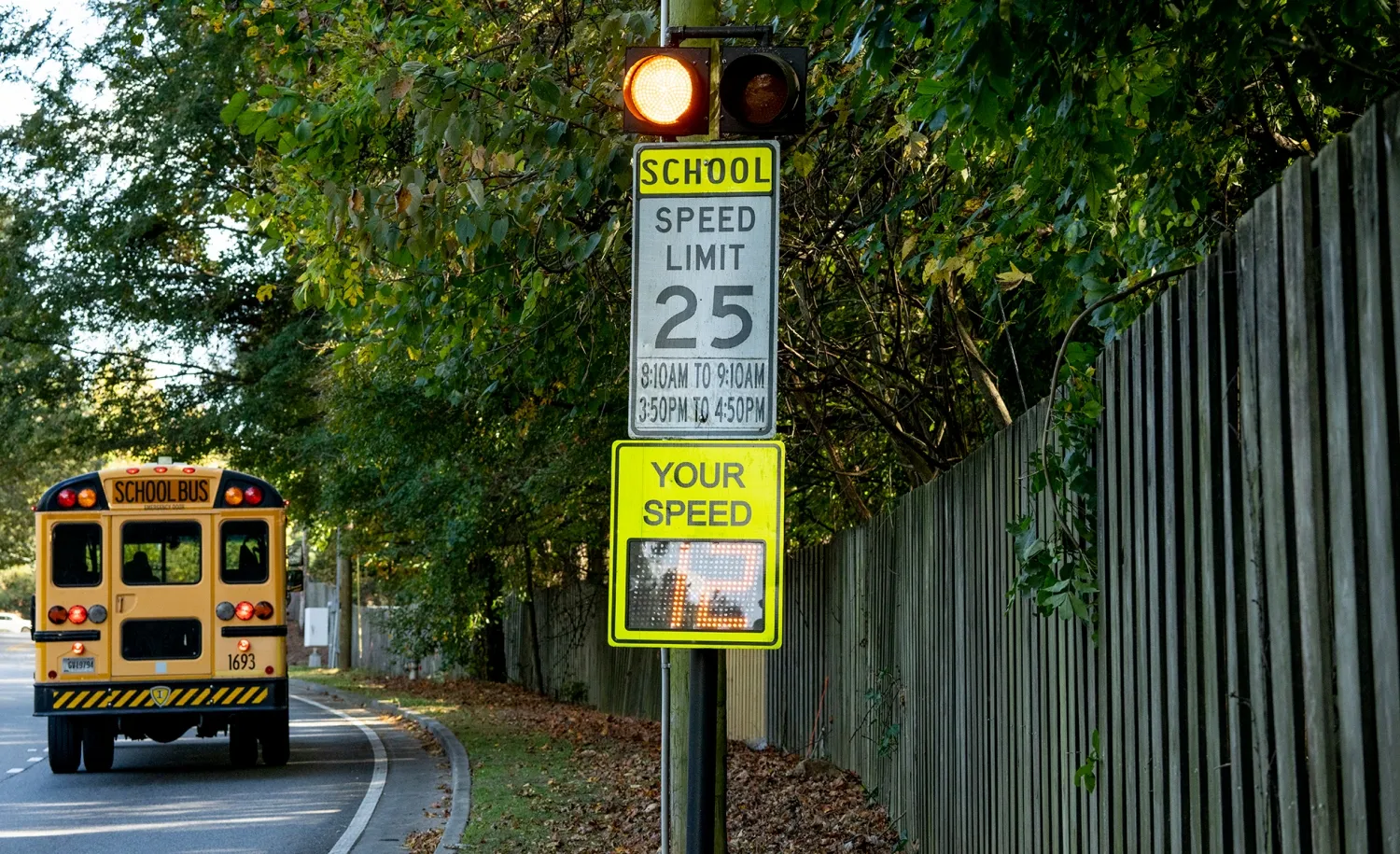Automotive technology company Continental is working in partnership with French national weather service Météo-France on a project which will expand its electronic horizon, or eHorizon, for use as eHorizon.Weather to provide real-time weather information. Vehicles equipped with eHorizon.Weather supply exact weather information to optimise short-term forecasts and integrate real-time, location-specific weather data to alert drivers in advance of critical weather conditions. Continental is currently testing t
April 27, 2017
Read time: 1 min
Automotive technology company 260 Continental is working in partnership with French national weather service Météo-France on a project which will expand its electronic horizon, or eHorizon, for use as eHorizon.Weather to provide real-time weather information.
Vehicles equipped with eHorizon.Weather supply exact weather information to optimise short-term forecasts and integrate real-time, location-specific weather data to alert drivers in advance of critical weather conditions. Continental is currently testing the technology in more than 200 vehicles in France.
The eHorizon.Weather technology uses existing connected vehicle architecture such as windshield wiper sensors, fog lights, or ABS and ESP to obtain data on temperature, air pressure and visibility or information on road conditions. This data is then loaded to the Continental backend via integrated telematics units and is processed by Météo-France, which sends location-specific weather warnings to vehicles in real time.









